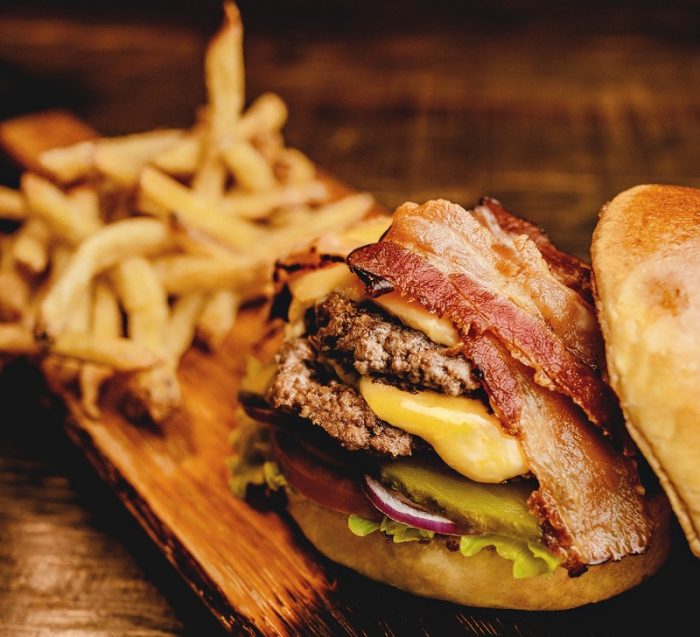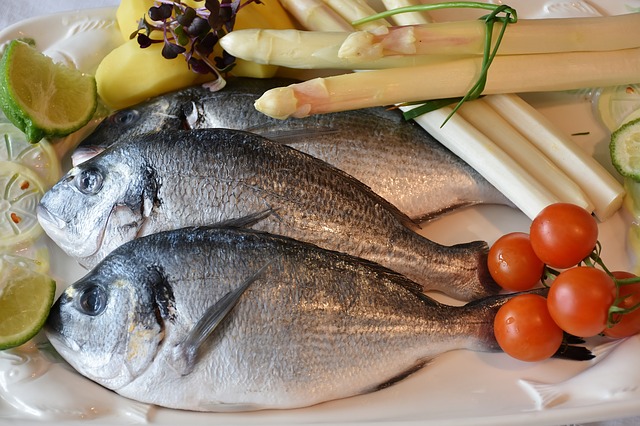
There’s something so reassuringly comforting about pub food. But all too often it can be loaded with extra calories and saturated fat. According to NHS Digital, nearly a third of adults in the UK are now obese, causing deadly diseases, including 13 different types of cancer, and putting increasing pressure on NHS staff and resources.
Studies have consistently associated eating out with higher daily calorie intake. With more people now eating out than ever before, Public Health England (PHE) are beginning to blame Britain’s booming restaurant culture for fuelling the record levels of obesity.
And pub meals are very often public enemy number one. Research from the University of Liverpool shows that the calorie content of most pub meals is worse than the fast-food equivalent.
Healthier eating is also becoming much more important to customers, with a surge in the numbers of vegetarians and vegans. But eating healthily doesn't necessarily mean you have to abandon your current grub to offer kale smoothies.
How to Introduce Healthier Options
Adapting your menu to suit healthier eaters just involves a little thought and preparation. For instance, even small reductions in portion size can make a big difference. Try to have a set portion for each component of a dish and ensure staff keep to those portion sizes consistently—this could also help you save money and save the waistline of customers. Some pubs have begun offering sharing platters, which is an ideal way to provide light, healthy meals which reduce each customers’ portion size.

Simply reducing the amount of fat and fried food can also help make existing dishes healthier. Instead of automatically deep-frying food for traditional dishes, offer to grill, poach, or bake food instead. Increasing the number of fish dishes you offer can be a fantastic way to accomplish this—especially if your pub is in easy distance of the coast and can get fresh fish delivered. To keep fish fresh your kitchen will need a refrigerated fish keeper, which makes sure your stock doesn’t dry out. It’s also recommended that you store the fresh fish on a bed of flaked ice between 1°C and -1 °C.
However, if you must deep fat fry, ensure the oil is heated to between 160-165°C if you have a high-efficiency fryer or 175°C if you have a traditional fryer. If the temperature is too low the food will absorb too much fat. Try to avoid frying food more than once, and once it’s done bang, shake, and drain off any excess oil—which can reduce fat absorption by up to 20%.
It’s also important to reduce the amount of salt you use as well because too much salt can lead to high blood pressure and an increased risk of heart disease. Several restaurants are now only giving salt and sauces—which have a high sodium content—to customers upon request. If possible, try to source reduced salt versions of popular sauces, such as Ketchup.
But healthier eating is not only about reductions. You should also be trying to increase the amount of fruit, vegetables, and fibre you use. They are low in calories and are good sources of essential vitamins, minerals and dietary fibre. Always include at least one portion of vegetables with every meal but don’t fall into the sweet potato fries trap—they’re nowhere near as healthy as a lot of people think. Instead, consider routinely offering sides of salad with meals. Salads are convenient for any busy kitchen because they can be pre-prepared and stored in a refrigerated saladette counter, ready to be served at a moments notice.
Some restaurants are even starting to add nutritional information to their menus. Studies have shown that 15% of customers who use calorie information consume around 106 fewer calories. But a lot of businesses also see it as a pre-emptive measure, with the Department of Health planning to force all restaurants in England to put calorie counts on their menu as part of their childhood obesity strategy.

Promoting Healthier Options
For a lot of younger people, pubs are no longer their first choice when it comes to eating out. By taking advantage of healthier eating trends, forward-thinking pubs can extend their appeal by providing the type of food they want to eat.
To promote healthier meals restaurants don’t have to advertise them as healthier—counterintuitively, research shows that the term ‘healthy’ is often a red-flag for consumers. Instead, pubs and restaurants are encouraged to promote healthier food more subtly, using descriptive terms such as “Chef’s Recommendation”, which increase consumption by 28%. By the same logic, staff can also help sell healthier options. When customers ask them for a recommendation, they can promote the seafood salad over the burger.
With increasing competition, pubs must respond to customer demand—you simply can’t be complacent about your menu in the modern age. Recognising trends and acting on them quickly is a great way to future-proof your business and differentiate it from the competition.

Leave a Comment
Your email address will not be published. Required fields are marked *